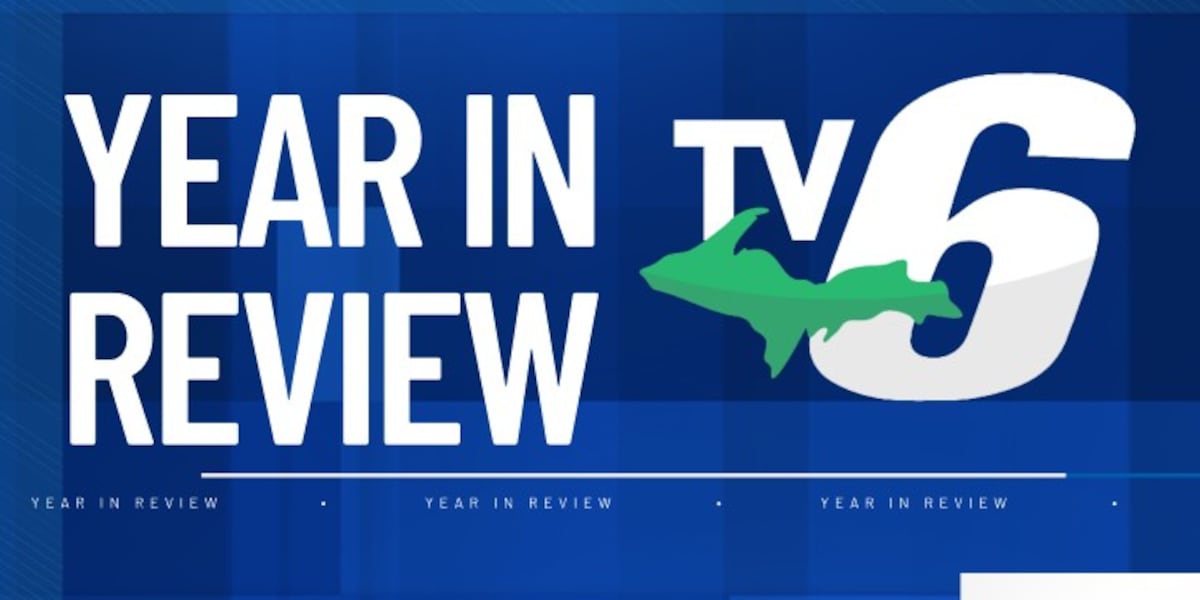World
The World’s Largest Financial Institution Is Way Too Big To Fail

U.S. Department of the Treasury
There’s an old joke that, with massive safety-net programs like Medicare, Medicaid, and Social Security, the U.S. government is essentially an insurance company with an army. But today, with an increasingly active and varied role in the markets, a more accurate punchline would have the United States as a diversified financial conglomerate with a defense division.
In fact, the U.S. government can be thought of as the world’s largest financial institution, touching the economic life of nearly every American. Its lending arm ensures plentiful credit to do things like purchase homes, attend college, and open or expand a small business. But it’s not just a lender. Given the need to finance large, recurring budget deficits, it’s also a prolific borrower in the debt markets. Moreover, its insurance operations benefit not just the sick or elderly, but also safeguard bank deposits and protect against floods. And, on top of all of that, it regulates the financial marketplace.
That’s why it’s so important that the U.S. government remains solvent.
Given present trends, that stability isn’t necessarily assured. (I previously wrote for Forbes about the country’s increasingly precarious fiscal condition.) JPMorgan Chase, the country’s largest bank, maintains what it calls a “fortress balance sheet,” able to withstand any shocks. The U.S. government requires even greater protection.
The recent growth of its lending programs is one area in need of safeguarding. An expanding role in allocating credit will have far-reaching impacts not only on the credit marketplace but also the government’s balance sheet for decades to come.
Lender of All Resorts?
The government’s traditional role of providing credit to homeowners, businesses, students, and other borrowers has grown significantly larger than it was prior to the 2008 financial crisis. In addition to the measures established in the wake of that crisis, new lending programs to facilitate financing for clean energy development, infrastructure modernization, and supply chain resilience have recently been added to the portfolio.
But federal lending is nothing new. Throughout the 20th century, the government created credit programs for a variety of purposes. Assistance to homeowners, farmers, and rural communities took hold in the 1930s, small businesses in the 1950s, and students in the 1960s. By the early 1970s, its book of lending business was largely set and held steady for about 35 years. Then came the 2008 financial crisis, when credit assistance for homeowners surged. A dozen years later, the Covid pandemic hit, and a huge dose of small business financial aid was injected into the economy through paycheck protection and disaster loans.
Michael Grunwald’s 2015 expose, The (Real) Bank of America, highlighted challenges with the government’s then-$3 trillion loan portfolio. He pointed out budgetary, operational, and political risks confronting the dozen or so agencies responsible for administering about 120 disparate lending programs. Many of the challenges he identified remain, but the outstanding portfolio now stands at $5 trillion.
Federal Credit Outstanding (adjusted for inflation)
Government lending has become a preferred way for policymakers to extend financial assistance to Americans because of an inherent advantage: most loans are repaid, partially or in full. Consequently, costs are usually much lower than for grants or tax breaks.
Adding to that allure, budgetary procedures favor loans by understating certain market risks and related costs, as explored in a new report from the Congressional Budget Office. Separately, the President’s Budget for fiscal year 2025 projects that about three-quarters of loan guarantee programs will have no cost next year. That wouldn’t be the case if the discounting methods used to calculate costs were consistent with private sector practices.
None of this is a major concern if programs are designed and managed effectively—and if budgeting is done transparently and accurately. But that’s not always the case, notwithstanding steady improvements to the government’s lending operations and budgetary procedures through the years.
Path of Least Resistance
It’s easy to see how credit programs have become an attractive form of assistance: they travel along a path of least budgetary resistance, and therefore least political resistance.
Nevertheless, government lending can lead to volatile and unpredictable outcomes. The single-family loan programs at the Federal Housing Administration have been viewed as profit centers for decades. But amid the market turbulence of the financial crisis, default and delinquency rates soared and forecast profits turned to losses. Since then, loan performance has improved, but future costs remain uncertain.
Meanwhile, the conservatorship of Fannie Mae and Freddie Mac remains a relic of the 2008 crisis, with no clear path to resolution. Those government-sponsored enterprises, responsible for buying mortgages from private sector lenders to enable additional lending, are not considered to be federal agencies by the White House and therefore are not included in budget totals (or in the graphic above). But taxpayer risks remain, as discussed in a 2023 article from former CBO director Douglas Holtz-Eakin.
On student loans, the Government Accountability Office has reported budget projections being well off the mark. Loans made over the last 25 years, once projected to yield more than $100 billion in savings, are now burdened with nearly $200 billion in costs. That $300 billion swing reflects the uncertainty inherent in lending: predicting long-run borrower behavior amid fluctuating economic conditions is no easy task. That task is made even more difficult when unanticipated loan servicing policies arise, like a pandemic-driven payment pause and far-reaching loan forgiveness plans—notwithstanding legal challenges to the latter.
While persuasive arguments are made about the need for repayment relief for some student borrowers, there is a risk that forgiveness practices could spread to other lending areas. If the government determines loans for college should be repaid, or even forgiven, based on whether the borrowing was worthwhile, why wouldn’t other borrowers want similar treatment? For instance, recipients of federally backed mortgages would prefer to repay loans granted only if the value of their homes appreciate. It would not be shocking to see other lending agencies explore various types of forgiveness. Whether explicit (typically requiring legislation and funding from Congress) or implied (relaxed loan servicing and other types of forbearance), a forgiveness contagion could result in significant taxpayer costs from unrepaid loans.
The Government as a Financial Colossus: A Need for Vigilance
The U.S. government’s role in the financial marketplace—as lender, borrower, insurer, and regulator—will remain active for the foreseeable future, with far-reaching financial market and taxpayer implications. However, this expansive role comes with a range of risks and an increasingly urgent need to strengthen the county’s fiscal condition.
When considering public sector interventions, the potential costs and benefits of such involvement need to be fully assessed and understood. The challenges of managing an active role in the financial markets, including budgetary risks, operational considerations, and political pressures, cannot be ignored. Recent trends in federal lending and the ongoing conservatorship of Fannie Mae and Freddie Mac highlight the complexities and uncertainties associated with this role.
Guidance from the Office of Management and Budget has for many years instructed agencies to run their loan programs in ways that complement private lending activities. Such guidance presumes the private sector efficiently allocates resources to their most productive uses. But the government also appears increasingly willing to intervene to address national priorities like attaining cleaner energy and stronger supply chains. Given this growing role, vigilance is needed by policymakers and government staff to ensure such forays into the credit marketplace do not crowd out the private sector, are additive to the U.S. economy, and are done with a full accounting and understanding of taxpayer costs.










